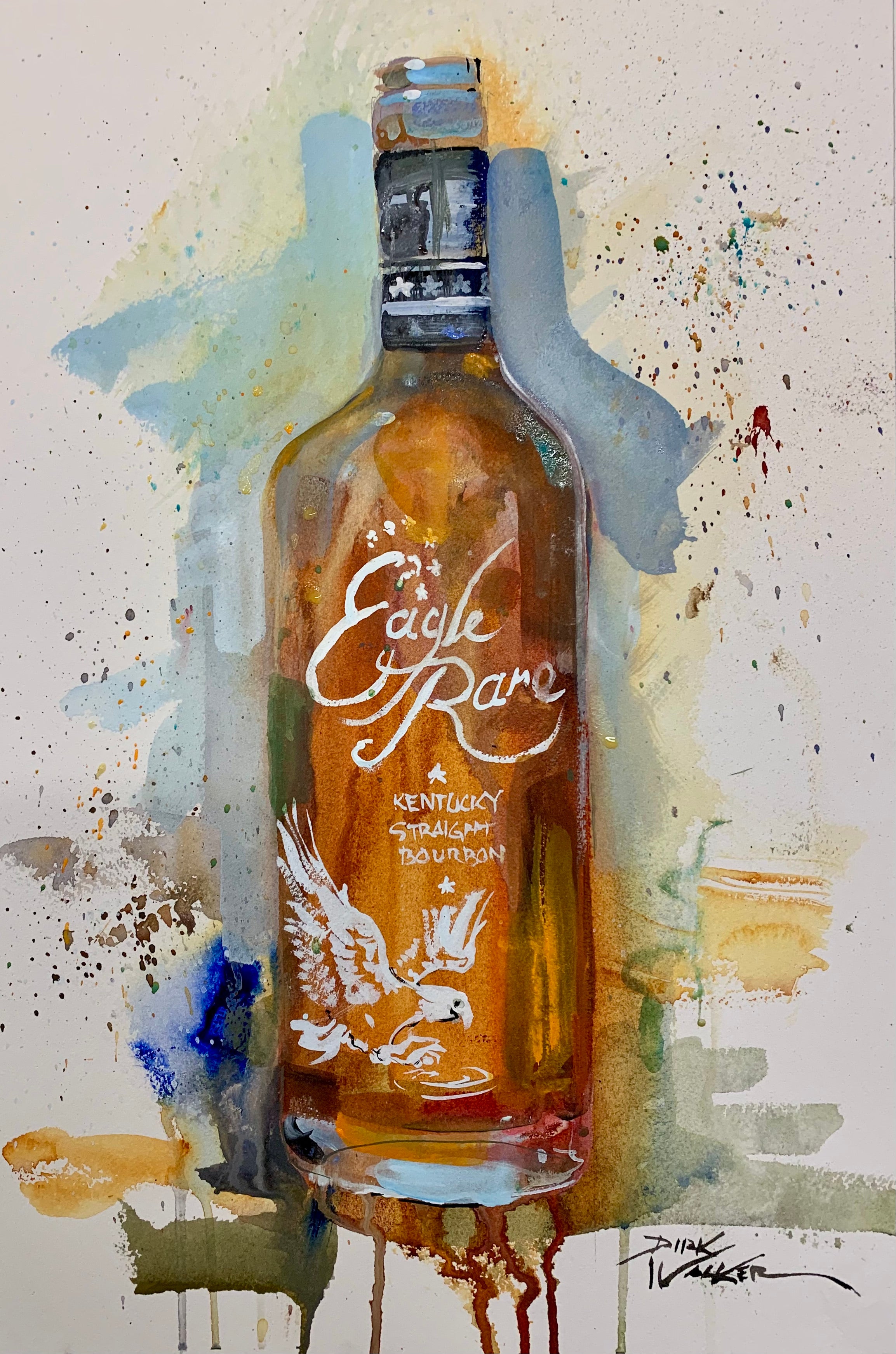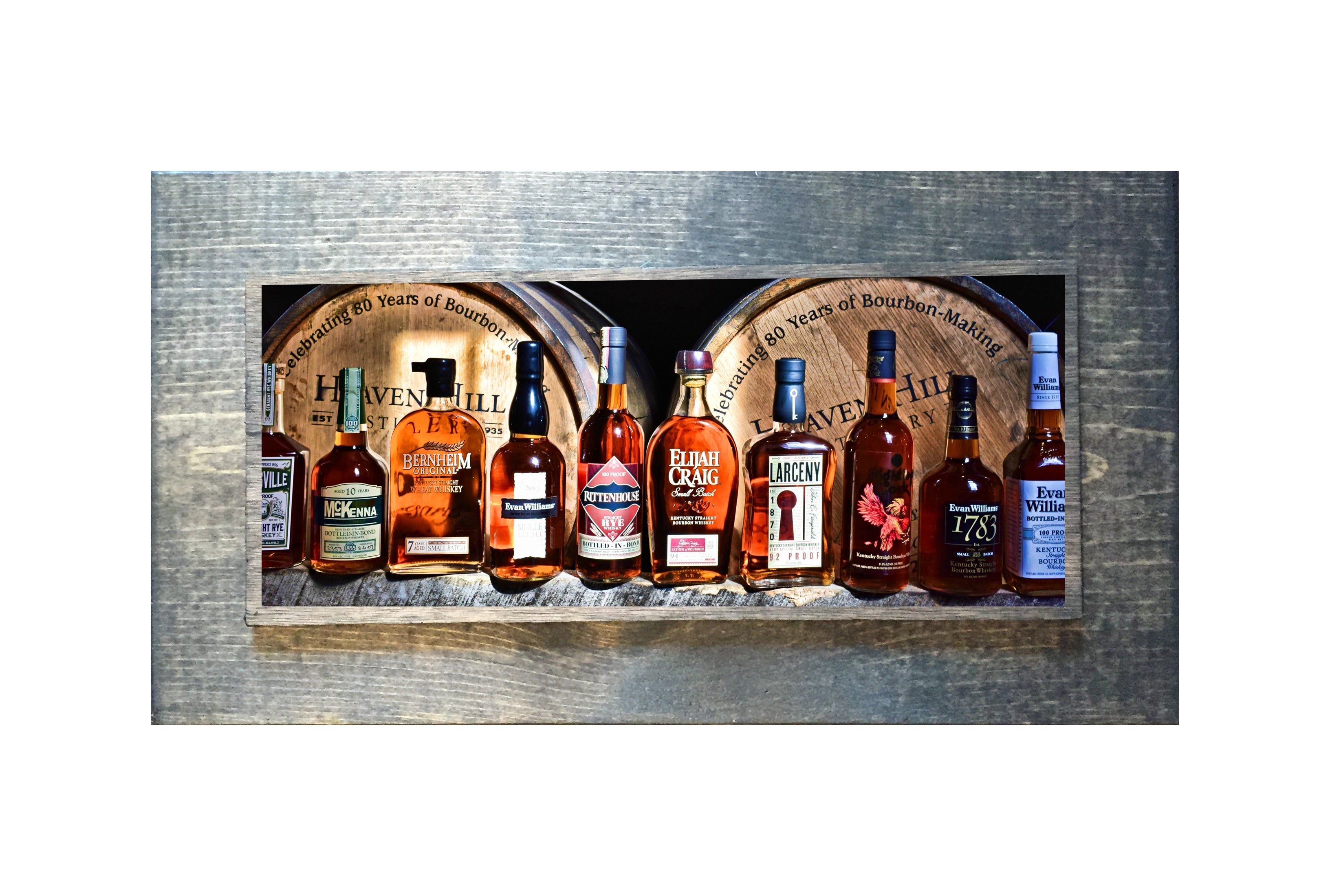The Attraction of Realism Art: A Deep Study Whiskey's Rich Heritage
The Attraction of Realism Art: A Deep Study Whiskey's Rich Heritage
Blog Article
The Significance of Whiskey Art in Celebrating Heritage and Craftsmanship in the Beverage Industry
The detailed connection in between scotch art and the celebration of heritage and workmanship within the drink industry can not be overemphasized. With thoughtfully designed tags and containers, whiskey brand names encapsulate their historical roots and the artisanal skills that define their manufacturing approaches.
The Historic Origins of Whiskey
At the heart of bourbon's attraction exists a rich tapestry of historic roots that trace back to old civilizations. The origins of scotch can be linked to the distillation techniques of the Sumerians and Babylonians around 2000 BCE, where very early kinds of fermented grain drinks began to arise. Nevertheless, it remained in the Middle Ages that the art of purification developed dramatically, especially in Ireland and Scotland, resulting in the creation of whiskey as we understand it today.
The term "whiskey" itself acquires from the Gaelic word "uisce beatha," meaning "water of life." This expression underscores the social relevance of scotch in Celtic societies, where it was typically connected with routines, events, and public bonding. By the 15th century, purification ended up being an acknowledged craft within monastic communities, leading the method for the facility of lawful distilleries.
As profession paths expanded, bourbon's appeal expanded, going beyond local boundaries and capturing the rate of interest of connoisseurs worldwide. Limited Edition. This historical trip shows not only the craftsmanship behind scotch manufacturing yet also its important role in social and social contexts, marking it as a considerable drink throughout history
Artistic Expression in Branding
Scotch branding stands as a compelling intersection of artistry and business, where aesthetic identification plays an essential function fit customer understanding. The visual appeals of whiskey labels, product packaging, and advertising and marketing products show not only the brand's story however additionally its core worths and heritage. With creative expression, distilleries convey a narrative that resonates with consumers, evoking feelings and sparking connections.
Making use of color, typography, and images in branding serves to set apart products in a saturated market. As an example, traditional motifs may evoke a sense of credibility and craftsmanship, while modern styles can indicate development and forward-thinking. This critical creative instructions enhances brand name recognition and loyalty, permitting customers to forge a personal relationship with the bourbon they pick.
Additionally, artistic expression in branding usually offers as an event of local heritage. Distilleries frequently include local symbols or historical references into their layouts, developing a sense of place that invites customers to take part in a wider cultural experience. Eventually, the creativity behind whiskey branding not only improves aesthetic charm but additionally enhances the general narrative of the brand, fostering a much deeper gratitude for the craftsmanship and heritage embedded in each bottle.
Workmanship in Container Design
The artistry apparent in bourbon branding extends beyond aesthetic identification to include the craftsmanship associated with container design. Each container acts as a vessel not just for the spirit within, yet likewise for the story it outlines its origin, quality, and tradition. The design process calls for precise focus to information, as elements such as closure, shape, and material contribute considerably to the general understanding of the scotch.
Craftsmanship in bottle design involves choosing top notch glass that can boost the scotch's shade and clearness, while also providing a responsive experience for the customer. The silhouette of the bottle need to be both aesthetically appealing and functional, commonly mirroring the heritage of the brand name. Several distilleries choose special shapes or embossed logo designs that evoke a feeling of credibility and history.
Moreover, the label layout and typography play an important role in connecting the brand name's narrative. Limited Edition. A well-crafted container not only captivates the customer's eye but likewise enhances the brand name's commitment to published here top quality and practice. By doing this, the craftsmanship of bottle design comes to be a crucial aspect of the bourbon experience, merging virtuosity with a profound regard for heritage
Cultural Value of Scotch Art
Commemorating custom and craftsmanship, the cultural significance of scotch art goes beyond simple aesthetic appeals, linking with the social and historic narratives of the areas where it comes from. Each container acts as a canvas, illustrating the unique tales, mythology, and traditions that have actually formed local whiskey-making techniques. The intricate styles usually reflect the heritage of the distillers, including symbols and motifs that reverberate with the society and values of their neighborhoods.

In addition, whiskey art plays a crucial role in public gatherings and parties, acting as a substantial link in between people and their shared company website experiences. By valuing the artistry in scotch product packaging, consumers grow a deeper understanding and regard for the craft, ultimately improving their enjoyment of the drink itself.
Modern Trends in Whiskey Discussion
In recent times, the presentation of scotch has actually progressed to mirror contemporary preferences and trends while still recognizing typical craftsmanship - Realism Art. Distilleries are significantly concentrating on aesthetic aspects that boost the this post total drinking experience, connecting the space between heritage and modernity
Cutting-edge container designs have actually emerged, often integrating lasting materials and creative labels that tell engaging tales. Many brands now collaborate with neighborhood artists, instilling their items with one-of-a-kind visual expressions that resonate with customers. Furthermore, limited-edition releases are frequently packaged in collectible containers, adding value and allure for aficionados.

Final Thought
In conclusion, whiskey art serves as an important conduit for revealing the heritage and craftsmanship fundamental in the beverage market. Through elaborate branding, ingenious bottle designs, and culturally significant artistic elements, bourbon brand names properly recognize their customs and link with consumers.


Workmanship in bottle design involves picking high-quality glass that can boost the bourbon's color and clarity, while also giving a responsive experience for the consumer. In this way, the craftsmanship of container style becomes a vital facet of the scotch experience, merging artistry with an extensive respect for heritage.
In conclusion, bourbon art serves as a vital avenue for revealing the heritage and craftsmanship inherent in the drink market.
Report this page